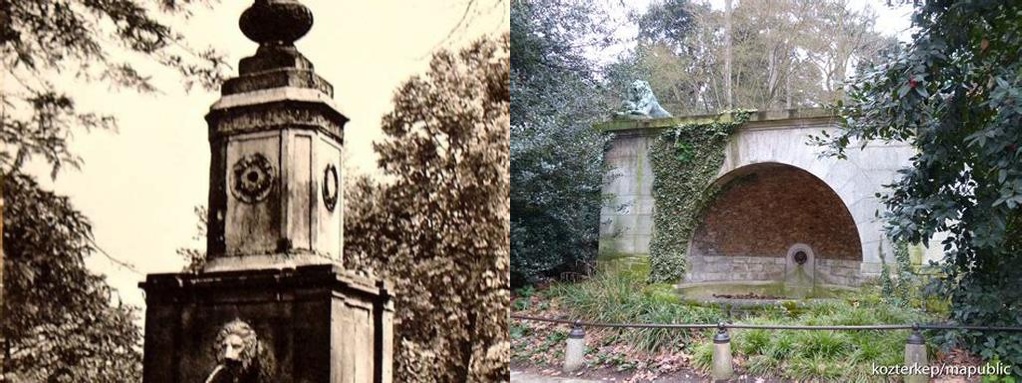
Strolling through the historic heart of Buda Castle, you’re bound to come across sights that make you do a double-take, but one gem that never fails to captivate visitors is the Oroszlános kút – the Lion Fountain. This quirky, elegant blend of artistry and practical design has stood its ground on the cobbled pavements for centuries, often subtly overshadowed by the grand façades of the Royal Palace nearby. But if you’re the kind of traveler who loves to unearth details that most guidebooks skip over, the Lion Fountain is a stop you’ll want to linger at.
Believe it or not, the Oroszlános kút isn’t just a fountain – it’s a storyteller in stone and water. Erected originally in the romantic spirit of the 19th century, during an era when Budapest was undergoing tremendous urban transformation, this fountain became more than an ornament—it was a signpost of the city’s ambitions. It sits at the northern end of the castle district, with water once filling travelers’ canteens and carriages; today, it’s a gathering point for local children, photographers, and anyone in need of a quiet, contemplative few minutes.
The fountain is a feast of sculptural detail, with four stoic lions—each distinct in their expression—guarding the edges. Their jaws open wide as if mid-roar, and from their mouths flows the water, trickling into a cool, stone basin below. If you cast your mind back to the late 1800s, you might imagine weary horses pausing here for a drink after the uphill journey to the castle, or families fetching water before the age of plumbing transformed the city. These lions are not unlike silent witnesses to the wars, sieges, and celebrations that swirled around Buda Castle over the decades.
A fun detail for architecture fans: although the fountain’s origins are rooted in the 19th century, the lions themselves are inspired by ancient and Renaissance motifs. Some speculate that the design pays quiet homage to the legendary lions that guard bridges and palaces across Europe, and one glance will likely remind visitors of the iconic stone lions of the nearby Széchenyi Chain Bridge. For many, these similarities only add to the aura of the place: you get the sense of being part of a continent-wide tradition of sculpture, monarchy, and myth. The artist responsible for bringing the lions to life was Ferenc Szilágyi, a local sculptor who left his mark on several corners of the city, though none capture imagination quite like this.
There’s something special about pausing near the Oroszlános kút as evening falls. The crowds thin, soft gold light pools around the old stones, and suddenly the lions feel almost alive—sentinels in a quiet, nearly motionless watch over centuries. Depending on the time of year, you might see locals gathering at the adjacent benches with coffee or a book, and if you’re lucky, you’ll overhear older residents sharing personal tales about the days when the fountain served as a favorite rendezvous point or even a quick spot to cool off during summer heatwaves.
Perhaps the best way to enjoy the Oroszlános kút is to treat it as a moment of pause in your day’s adventure—a breather between the grand museums and panoramic viewpoints. Notice the patina on the lions’ faces, stroked by countless children’s hands for luck. Watch the interplay of sunlight and water on ancient stone. Snap a photo, by all means, but then just sit awhile: listen to the splashes, recall the history, and let yourself be transported to a different era, if only for a moment.
So, seek out the Oroszlános kút next time you’re in Buda Castle. It may not dominate postcards, but its quiet magic and historical resonance make it a distinctive chapter in Budapest’s story for those who care to stop and listen.





